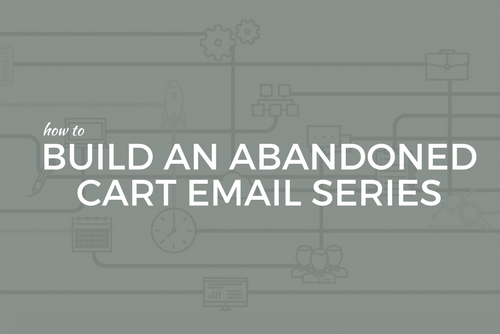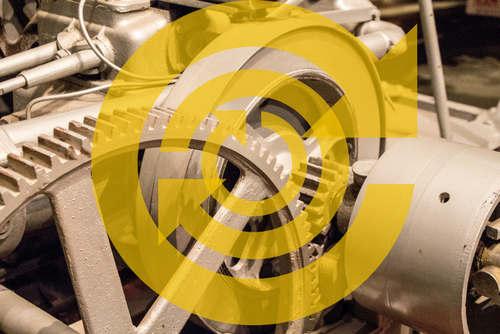Inspiration struck!
Emfluence relaunched an awesome Magento theme update for our client Instore Design Display last week, and this got me thinking about the do's and don't of redirects. I started to list a few how-to's when I realized that this would be much more fun with a theme. Since redirecting and canonicalizing can ruin an otherwise successful site relaunch, what better theme than the 10 Commandments? Before we dive in, we need to see things through the eyes of the one who sees all things, Google. Let us first honor the golden rule of Google before we proceed:
"Do unto Google as you wish Google to do unto thee."
Without this rule to lead us we would have no idea what factors into the magic, the inspiration, the divine knowledge if you will, that is SEO. Without further ado, let us now begin!
"Thou shalt have no other permanent redirects before 301s."
Although other redirects can seem like a great idea (such as a 302 "temporary redirect"), 301 redirects are the only type of redirect that pass page authority. This is extremely important for retaining SEO value and can make a major difference when migrating to a new website or domain name.
"Thou shalt not make unto thee a redirect chain."
Search bots (crawlers) do not enjoy having to travel far within your site to find valuable content. Thus, redirect chains should be as short as possible. Having only 1-1 redirects is the perfect situation, but event 3 step redirects can be acceptable if there is no other way to get around this. Make sure you are redirecting to the correct page path as well, don't be lazy and send all traffic to the homepage if all pages have migrated to a new spot on your site. Search bots and visitors will thank you for your extra effort.
"Thou shalt not take Google Webmaster Tools crawl errors in vain."
When you finalize your site migration and redirects, make sure to check Google Webmaster Tools crawl errors report for new 404 errors each day until your crawl errors are minimal. Often, Google can catch 404 errors that your site crawler will miss due to old page ranking(s). You may see a small spike the day of your migration, but with a quick review your can fix these 404 errors very quickly.
"Remember the root link canonicalization and keep it holy."
Adding rel=canonical tags to your site is important to avoid duplicate content, but can run the risk of creating canonical chains (or loops) if you add the incorrect tags. Always make sure to canonicalize your pages to the base page, generally the shortest URL string or the first page of pagination.
"Honour thy Screaming Frog and thy site crawls."
If you are attempting a site migration or URL restructure yourself, Screaming Frog SEO Spider can become your best friend. Do a site crawl before you deploy your new URL structure, then upload all original links under "list" mode with "always follow redirects" selected in the Advanced Spider Configuration section. This will allow you to review quickly all original links and see if they are correctly redirected to the right location.
"Thou shalt not kill your meta data."
I've seen this too many times. Launching a new site does not mean launching everything with a clean slate. Make sure to retain and/or update all meta data to reflect your new site content and ensure your rankings improve with your new site launch.
"Thou shalt not commit code without a backup in place."
Always make sure to have a fresh database dump before deploying…or else.
"Thou shalt relaunch at the lowest traffic hour."
It is said that peace on earth will occur only when a major site update or relaunch is implemented without a single error. Issues, however small, are going to occur during your site updates. Make sure to use Google Analytics to determine the best time to relaunch to ensure you disrupt the fewest possible visitors to your site.
"Thou shalt not bear false witness against your brand by not canonicalizing www. & http://"
The rel=canonical tag has made the process of 301 redirecting significantly quicker in many instances. If you are not currently utilizing canonical tags on your site, at least make sure you have utilized your HTaccess file to automatically redirect all pages to one root domain. Search engines do not want to see potentially four web properties: http://, https://, http://www, and https://www. Choose one and stick with it. Also, make sure Google Webmaster Tools has the correct site structure and is configured to utilize this version in your search results.
"Thou shalt not covet ye olde property, but 301 to new."
When migrating to a new URL, always remember that having two duplicate sites is worse than having one site that is properly 301 redirected from your old URL. This will avoid confusion for your users and ensure all link value in maintained for your new web property.
Now that you have the knowledge and understanding of the 10 commandments of redirects, may your sites be healthy and flourish across the land! Should you want more information about emfluence or the SEO services we provide please view the additional blogs below!
[more]



